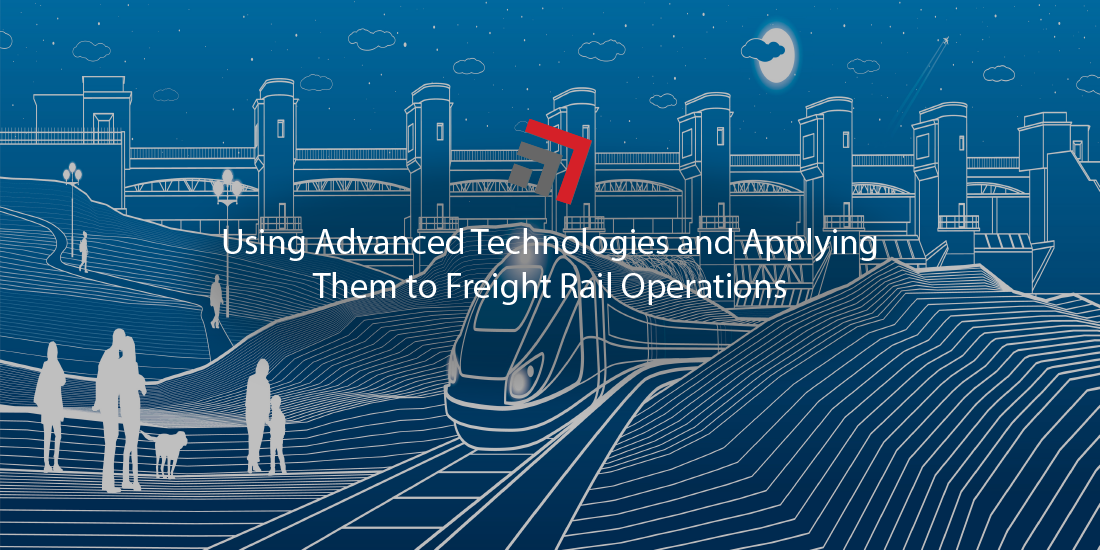U.S. railroads are an important part of economic and infrastructural growth in the U.S., and amidst all the uncertainties and congestion, they will continue to be called upon to do even more.
Automation has been a hot topic in the industry and even though it is non-traditional, and not the ‘typical’ way of doing things in the supply chain, there definitely are benefits – including an increase in productivity and effectiveness. Specifically, the freight rail industry has been looking into more options to grow advanced technologies, which would help lower carbon emissions but also to further the market share, Freightwaves reports.
What is happening currently?
Some actions and initiatives that are underway in the freight rail industry are exploring the deployment of locomotives that are powered by batteries or hydrogen, as well as actions or initiatives focusing on data sharing and improving the freight network flow and supply chain visibility through improved data analysis, Freightwaves says.
In a survey by Rail Freight, 90% of the respondents believe that AI and machine learning will be an important component to improve rail operations, in the same time frame. Additionally, 62% of the respondents believe that railways need to automate trains and yards within the next six years in order to stay competitive with alternative modes of transportation.
However, actually implementing these actions/initiatives does not happen overnight, it takes time… a lot of time. Sometimes there isn’t enough time to wait for those long-term investments to be applied. Being able to come up with and implement short-term ways of automation for freight rail can provide the industry with more advantages, especially when unforeseen events occur, ie: a pandemic.
Addressing the challenges in the supply chain industry
Visibility, predictability and integrity of cargo, all pose challenges and unfortunately for railroads, this creates longer dwell and unpredictable arrival times. Alan Fisher, Vice President of Growth and Innovation at Wabtec told Freightwaves, “the supply chain has physical limitations, and any initiatives that provide rail customers with visibility into their shipments are the kinds of initiatives that folks have been supportive of.” Experts in the industry hope that technology companies will focus on specific railroad problems and challenges and figure out ways to improve those.
Automation in the supply chain industry will continue to gain more and more traction as more research and development occurs. Automation and advanced technologies are definitely not things that will happen very quickly, but it’s inevitable that those will come sooner rather than later to the North American rail industry.
We will continue to provide updates on the latest in the industry and more throughout the year and beyond. If you have any questions or comments regarding this topic or anything else, please don’t hesitate to contact our team today!



Recent Comments